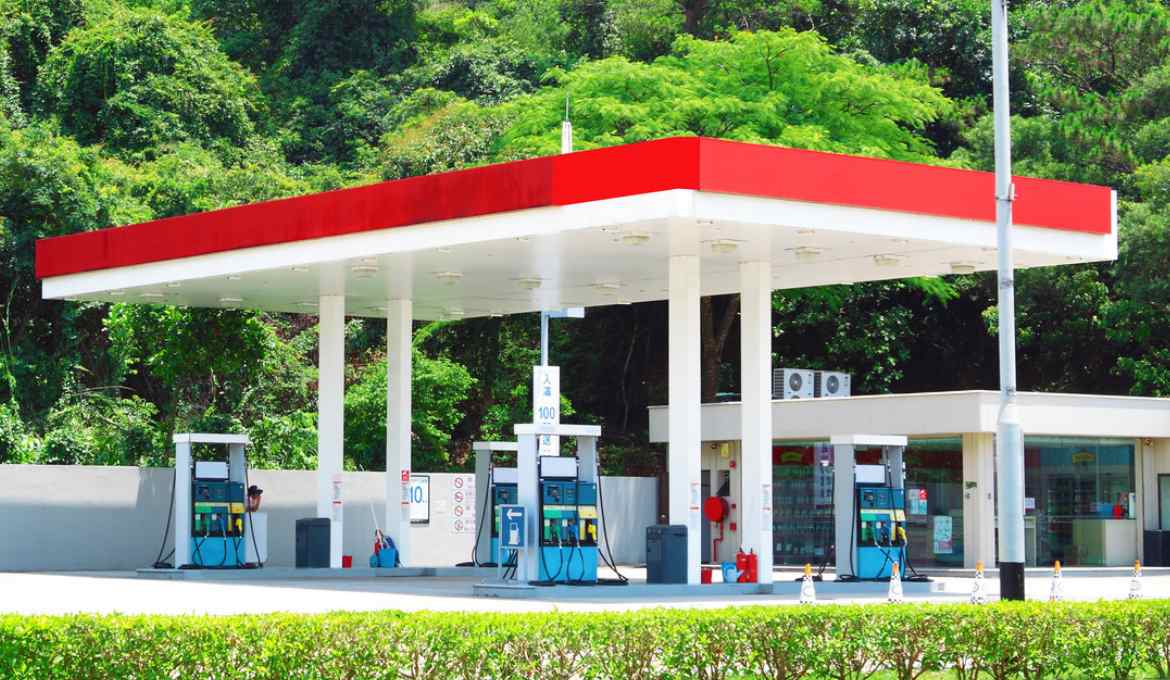
Top 5 Reasons Integrated Automation is a Must for Mid-Market Fuel Retailers
According to the 2024 NACS/NIQ Convenience Industry Store Count, there are currently 120,062 convenience stores in the U.S. that sell fuel. Combined, these stores sell approximately 80% of the motor fuel purchased nationwide.
Moving fuel through the supply chain to meet that level of demand relies on seamless communication between carriers and customers. Such coordination must also allow for the agility to respond to unplanned changes quickly, whether it be a route adjustment or an order modification.
Yet many fuel retailers still rely on manual, outdated methods for conveying timely information or tracking delivery logistics. Spreadsheets, phone calls, paper logs—all represent liabilities in a competitive industry where time and accuracy are of the essence. Likewise, manual route planning is inefficient, often leading to missed deliveries, scheduling conflicts, and poor customer service.
Innovative fuel operators utilizing a unified technology platform, however, benefit from real-time data, predictive analytics and automated processes to create a streamlined operation from beginning to end.
Americans’ average rate of fuel consumption amounts to approximately 376 million gallons (1,423,314,831 liters) per day. With plenty of options on where to get it, U.S. drivers will go where they can fill up quickly, easily, and at a fair price. A yellow-bagged nozzle can be all it takes to send them elsewhere, potentially for good.
With so much riding on proper inventory planning, it’s surprising that many fuel retailers still rely on traditional, manual forecasting systems. The result is often inaccurate inventory levels, causing stockouts or overstocks. Outdated systems can also delay orders, leading to disruptions in the supply chain and increased costs for haulers, who already allocate up to 40% of their total operating costs to fuel.
Automation provides an end-to-end view of inventory levels, incorporating historical consumption data to inform timely, accurate ordering. In other words, integrated forecasting tools can predict your customers’ fuel needs, anticipating their demand and optimizing stock levels accordingly.
In fact, advanced inventory management systems can often reduce stockouts by up to 30%, and boost inventory efficiency overall by up to 25%. With precision forecasting in hand, your focus can turn to executing efficient, on-time deliveries and prioritizing critical deliveries based on risk and arrival times.
Efficiency, however, is often challenged by real-time changes. Inevitable route adjustments or order modifications can send a previously optimized carrier route into disarray. Haulers working off fragmented communications, with no up-to-the-minute information, are often forced to make changes that could end up costing time and money across the supply chain.
Here again, integrated technology is the answer. By tracking up-to-the-minute data, industry-specific solutions allow carriers to see accurate data used to optimize loads and routes, resulting in less fuel consumption and expedited delivery times. An operator simply needs to select a destination for the delivery, and the system’s algorithms will optimize routing using real-time HAZMAT traffic data. In addition, the use of mobile applications empowers haulers to hold the critical information they need right in the palm of their hand. Load details, including terminals, suppliers, deliveries, and notes, are easily accessible, along with GPS guidance to exact locations to save time.
Mobile apps further benefit haulers once they’ve completed a delivery. While outdated systems rely on manual entry and paper forms to reconcile invoices, carriers operating within a tech-enabled supply chain can digitally capture BoL info and photos on site to ensure accurate billing and quick processing. Titan Cloud software takes this one step further, automatically identifying errors within an automated Exception Management System (EMS). If a carrier goes to a different supplier or terminal than was assigned, for example, it will be flagged immediately.
Incorporating real-time, verified delivery information into the centralized data hub means wholesalers and retailers have an immediate and comprehensive view of dispatch and delivery data from start to finish and can review details before invoicing.
Optimizing fuel transport to save time and money, while keeping customers happy, requires consistent, data-driven communication between dispatchers, haulers and customers. Digitized fuel supply chain solutions drive that efficiency, seamlessly integrating to bring real-time analytics and automation to the forefront.
Learn how Titan Cloud can revolutionize your fuel hauling operations. Talk to one of our solutions consultants today.
